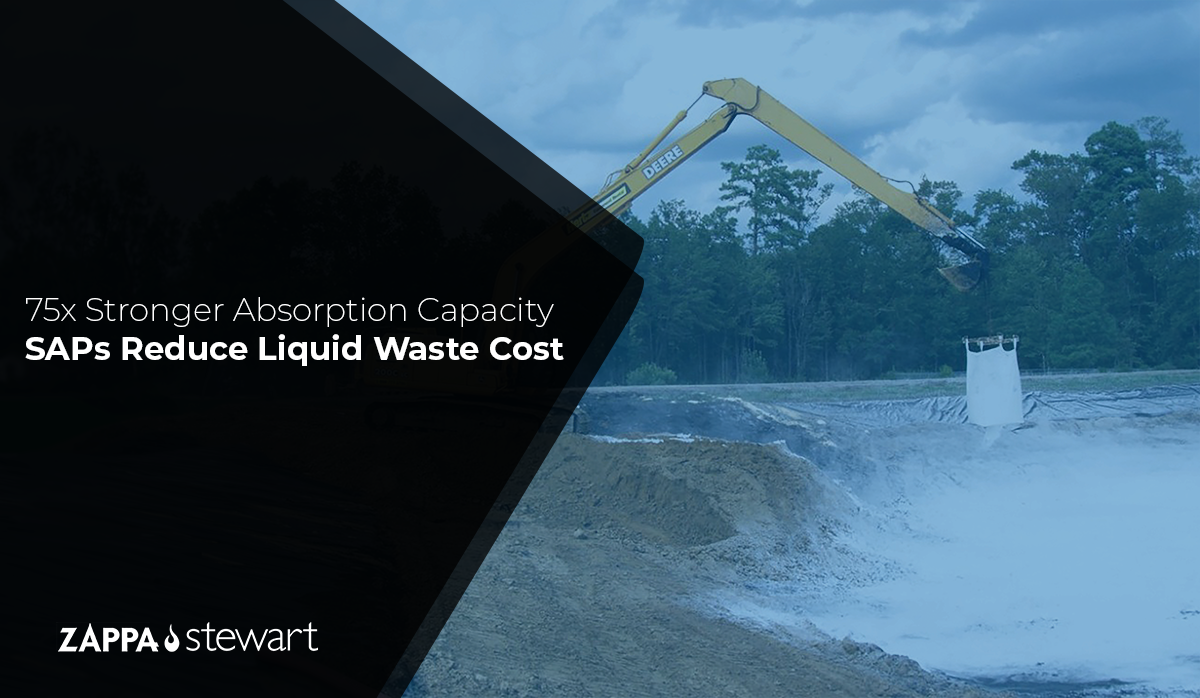Clean fuel performs better than dirty fuel. Dirt, dust, and grime can get into your fuel and seriously damage your vehicle’s engine. It's fairly obvious those materials pose a risk, but did you know that water is also considered to be a very dangerous contaminant of fuel?
When water enters a vehicle’s fuel supply, the vehicle will noticeably sputter or stall. This is due to diluted fuel reaching the fuel injectors or carburetors, pumping the vehicle’s engine with a weakened power source.
This is considered to be a "best-case scenario" of water contamination. Did you know that water can do irreparable damage to your vehicle? Even a small amount of water in your fuel tank can ruin the electric fuel pump, clog up the fuel lines, rust the interior of the tank, and cause fuel injector tips to explode.









.jpg)


